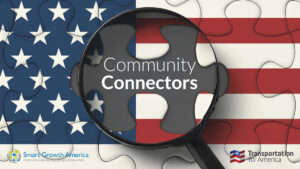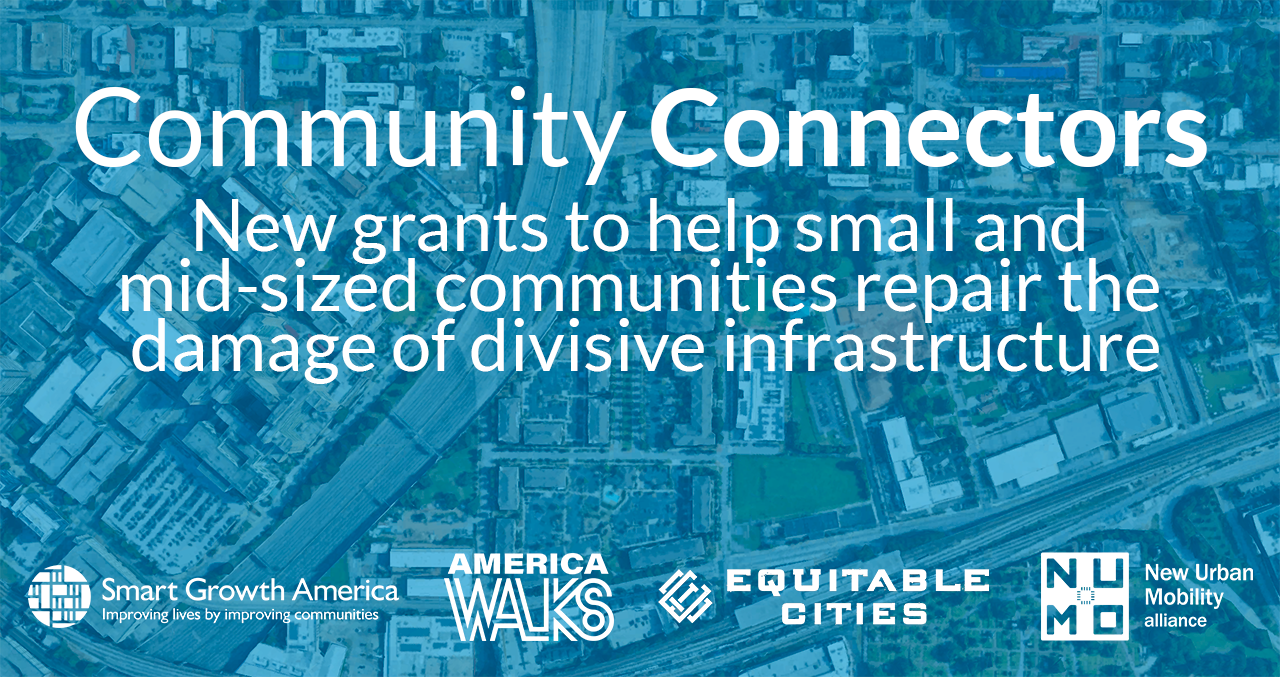MPOs: Important decision makers, limited authority and money
Metropolitan planning organizations (MPOs) are regional organizations in urbanized areas with a population of 50,000 and over. They allow jurisdictions to work together to steer the federal transportation funding and transportation decisions in the area.
Wondering if you have an MPO? Visit this federal directory.
Who’s part of my MPO?
All of the jurisdictions within your urbanized area are part of your MPO. Who serves on your MPO board will vary, but it’s typically appointed by local elected officials (like your mayor) and can include local and state elected leaders, representatives from major employers in your area, and representatives from your state DOT. To learn who serves on your board and how they make decisions for your area, check your MPO’s website for more information.
How do MPOs influence regional transportation projects?
To advance transportation projects in their area, MPOs receive transportation dollars from state and federal sources. At times, they receive more funding from the state than from the federal government.
MPOs rely on board members, their professional staff, and sometimes community engagement to understand regional needs. Then they conduct studies to determine high-level concepts of projects to pursue.
MPOs define the projects they wish to pursue in their long-range transportation plan, which is a guiding document for transportation decisions that will be made for the next 20 to 25 years. Projects they wish to fund over the next four years go into a transportation improvement plan (TIP). The MPO’s plan is often copy and pasted directly into the state DOT’s state transportation improvement program (STIP).
Often, MPOs decide what projects to fund through an informal and highly political decision-making process. This approach can allow for bias and fail to include the needs of all community members, particularly the most marginalized members of the community. One key method to improve MPO decision-making is to demand a clear, formalized process for how projects will be prioritized. For example, the Hampton Roads Transportation Planning Organization has a project prioritization tool publicly available on their website, helping to ensure that project selections align with state and federal priorities.
How can I steer my MPO in the right direction?
- Elect local leaders (mayors and city councilmembers) that share your vision for local and regional transportation, and encourage them to be active on the MPO.
- Recommend that your local leaders appoint board members who will prioritize safety, repair, and access to jobs and services through multiple modes of travel.
- Ask your state representatives to tie all transportation funding to accountability on key deliverables, like reduced emissions and traffic fatalities.
- Determine what factors shape the MPO decision-making process (ex. regional and local studies), and get involved in the early stages.
Community Connectors: tools for advocates
 You may be fighting against a freeway expansion. You may be trying to advance a Reconnecting Communities project to remove an old highway. You might be just trying to make wide, dangerous arterial roads a little safer for people to cross. This Community Connectors portal explains common terms, decodes the processes, clarifies the important actors, and inspires with helpful real-world stories.
You may be fighting against a freeway expansion. You may be trying to advance a Reconnecting Communities project to remove an old highway. You might be just trying to make wide, dangerous arterial roads a little safer for people to cross. This Community Connectors portal explains common terms, decodes the processes, clarifies the important actors, and inspires with helpful real-world stories.







